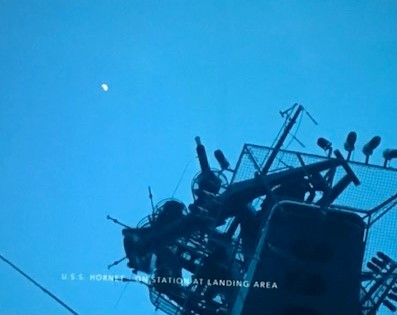When you’re busy, one of the first things that gets ignored is perspective. Chucked in the bin, out with the trash. You don’t have time for it. In the minutes taken to find perspective, something else has gone wrong, something else has gone bad. Perspective is a luxury afforded to those rich with time. That’s not you.
Stop. Take the time. Make the time. Perspective will reward you. It pays for itself.
The photos in this post are perspective dramatized. They are from late July 1969.
The photo with the blue dot in the black background is from the Apollo 11 space mission. It’s taken not long after Neil Armstrong and Edwin Aldrin have walked, and worked, on the moon’s surface. They are the first humans to have done so. Hours ago, they left behind an American flag, a couple of functioning experiments, and a no-longer-useful platform of a spacecraft. Dust on the surface has moved. Footprints mark human tracks. They are now reuniting with Michael Collins in the command module that will take them back to Earth. The blue dot is Earth.
Millions of people on the blue dot are following every minute of the Apollo 11 experience. They marvel at the moments, including in the second the space craft’s camera takes this picture of them. Some of the blue-dot people have labored day and night as part of the effort to execute the moon mission.
The photo with the white dot in the blue background is from the USS Hornet. The vessel and crew are tasked with recovering the three Americans after their space craft plunges into the Pacific Ocean. The Hornet’s radar tower, shown in the foreground, tracks the module in its fiery descent. The white dot is the moon where the handful of items were left a few days earlier.
Here’s what perspective does.
Perspective measures. The blue-dot photo is at slightly more than the half-way point of the Apollo 11 mission. The white-dot photo is nearly at mission’s end. Perspective shows your position in the order of things.
Perspective compares. What was true at the time of the blue-dot photo? What was true at the time of the white-dot photo? What things shifted, what emerged, what disappeared entirely, what surprised? Did change change? What does the comparison suggest for next time, assuming a next time comes?
Perspective notices and appreciates. In taking the time to gain perspective, you’ll likely discover that more gratitude and thank-you’s are required than you first imagined. Someone did something unexpected in a positive way. The value of something is higher after its revelation through perspective.
Perspective motivates and inspires. I’m betting you realize that now. I won’t elaborate further. Waste of your time.
Before you go, before you leap back into the fray, consider this–perspective only, only, only happens when a person chooses to explore it, sense it, do it. If I had to say the key preliminary step to perspective, I’d say “awareness.” You have to have the awareness to find the perspective. No awareness, no perspective. For perspective, time is secondary. Awareness is paramount.
Doggone it, there’s one more thing. It just occurred to me.
If you know me at all, you likely expect that I would treasure perspective as a function of history. You’re right, of course, Hold on, though. Remember my assertion that the past and history are two different things? If you’ve never seen me say this, they are. Don’t forget it. The past is everything before now. History is the small slices that, for some reason, have been remembered. And so, you can see that perspective is an active part, a living and breathing part, of history. It is a decided action, preceded by awareness and followed by meaning. Perspective belongs to the alchemy that produces history from the past. Maybe a better way of saying it is that perspective rescues fragments of the past and crafts them into history. But again, someone has to do it.
Welcome back from the Fourth of July holiday. Some of my favorite days. Now, I urge you, go do some perspective.
All the best, Dan









